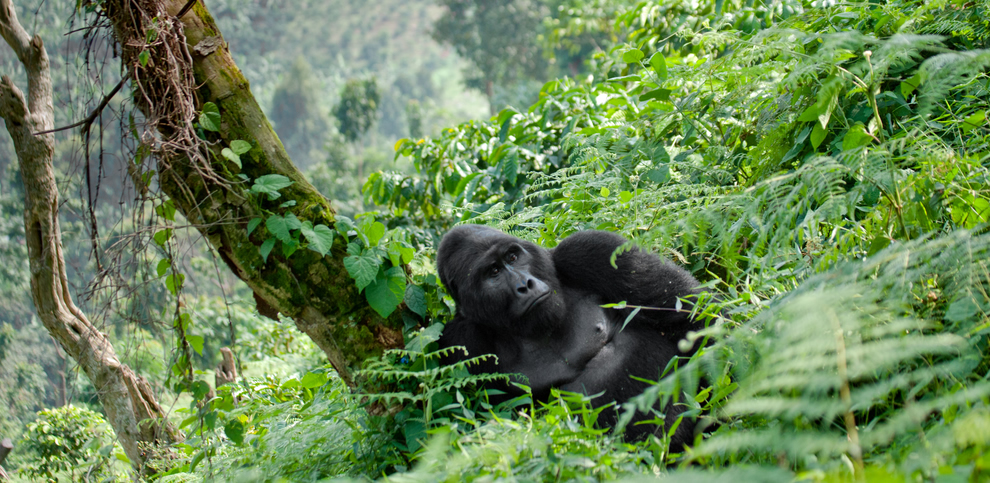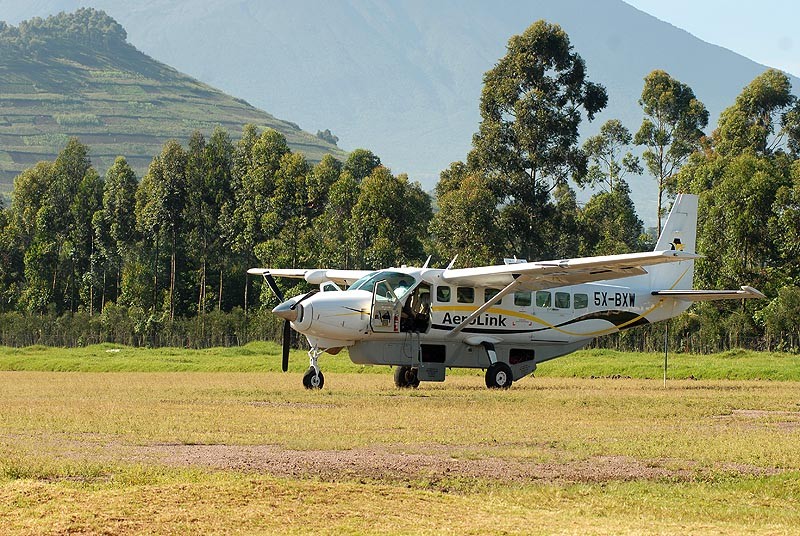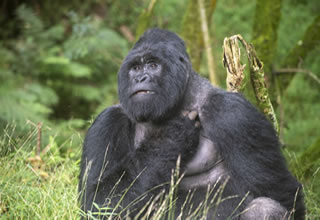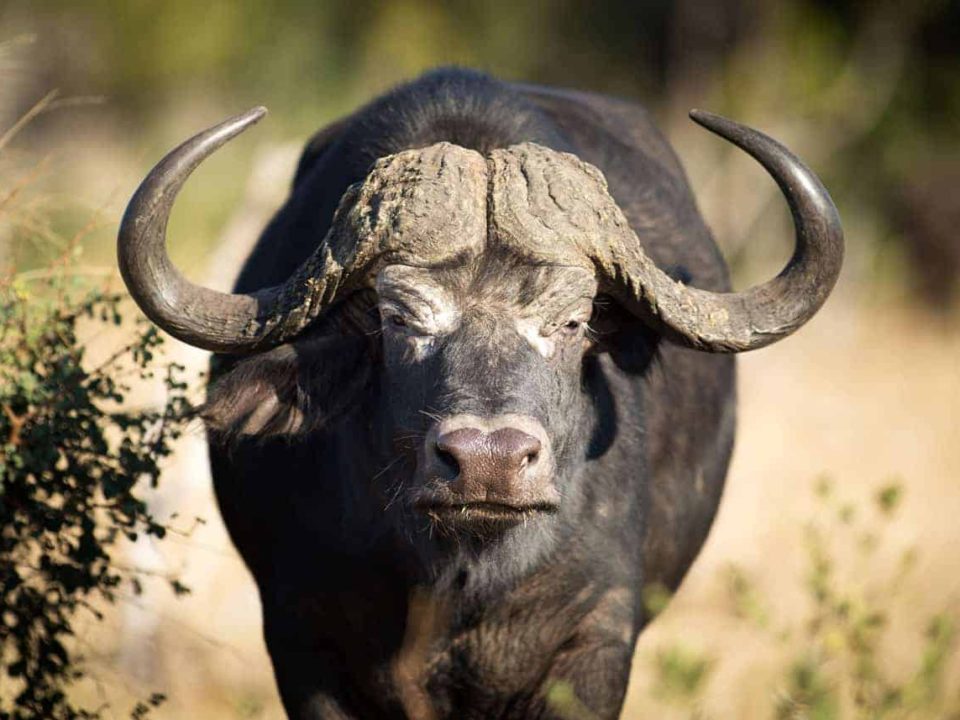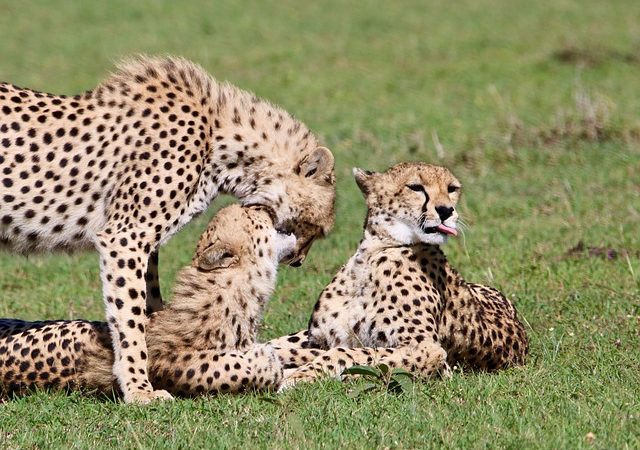
Tourism Impacts Breeding in Kenyan Cheetahs
February 2, 2022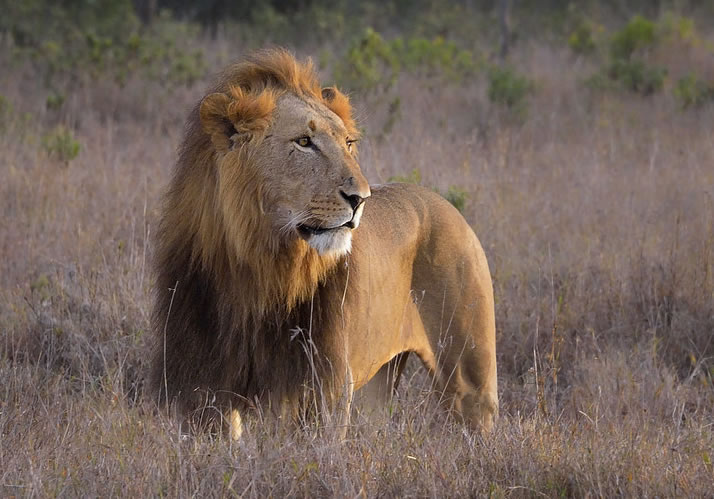
Lion Trekking on A Kenya Safari
March 8, 2022When it comes to gorilla trekking, many visitors are left wondering and one of the areas of concern is what happens if I fail to see gorillas? Usually, there is a 99% success rate of viewing mountain gorillas and for years that we have conducted gorilla safaris, cases of tourists failing to see gorillas haven’t been recorded.
If a tourist is already in the forest and he or she fails to see gorillas, Uganda Wildlife Authority (UWA) and the UTB- Uganda Tourism Board can improvise where possible. In case a tourist has another stay to be at the destination- Bwindi Impenetrable National Park and Mgahinga Gorilla National Park, he or she can have a second chance the following day to go trek mountain gorillas. But, this is a rare case and in case you have hiked and failed to get to where gorillas are as a result of physical fitness inabilities, a nearby gorilla group can be allocated provided there is any available. Not to have challenges during the gorilla trek, all tourists are encouraged to disclose their physical fitness levels to help the park authorities during the allocation of gorilla families.
Where to go to see gorillas?
An hour with mountain gorillas after long hours of trekking through the steep slopes and dense vegetation is a lifetime encounter. Mountain gorillas live not anywhere except only in the 4 African National Parks- Bwindi Impenetrable National Park and Mgahinga Gorilla National Park in Southwestern Uganda. The other 2 gorilla safari parks include Volcanoes National Park Northwestern Rwanda and Virunga National Park, Eastern D.R. Congo.
The 4 National Parks protect the 1 world’s 1063 mountain gorillas, and 459 thrive in Bwindi National Park. Each gorilla destination has already habituated families with Uganda comprising 21 gorilla groups. There are 5 major areas set for gorilla trekking in Uganda including Buhoma, Rushaga, Nkuringo, and Ruhija sectors- Bwindi NP, Ntebeko in Mgahinga National Park.
Gorilla permits
As of 2021, gorilla permits in Uganda still cost USD700 per person for foreign non-residents, US$600 for foreign residents, and shs. 250,000 citizens in East Africa. In Rwanda, gorilla permits are still issued at USD1500 per person per day. A gorilla permit gives you a 99% chance to see gorillas. Seeing mountain gorillas has become easier because trackers are often sent to the forest to locate where these large apes are before visitors embark on the actual trekking adventure.
Obtaining gorilla permits
Through a tour operator
One of the best ways to book gorilla permits is by dealing with the tour operator on the ground whether in Uganda or Rwanda. The entire process of booking a gorilla permit in Uganda or Rwanda is done by the ground tour operator on the visitors’ behalf.
Park Authorities- Uganda Wildlife Authority (UWA)/Rwanda Development Board (RDB)
The second option to have your gorilla permit booked is through a reservation team at the respective park authority. In Uganda, you can contact the reservationist at UWA, and in Rwanda, get in touch with the reservationist at RDB.
Best time to see gorillas
Trekking to see gorillas in Uganda, Rwanda, and the Democratic Republic of Congo can be done at any time or any month. However, the best months or time to travel to see gorillas in any one of the 4 National Parks is during the dry season- starting from June to September/December to February. These two important phases of dry seasons are known for their favorable weather conditions characterized by low or no rains with trails/ground floor kept relatively drier.
Being an all-year-round adventure, even during the wet or rainy season, it is possible to see mountain gorillas in Uganda, Rwanda, and D.R. Congo. The two wet or rainy seasons occur starting March, April, and May/October to November.
Things to carry for a gorilla trekking experience
Not everything must be carried out for an actual gorilla trekking experience in Uganda, Rwanda, and D.R. Congo. The essentials to carry include a camera without a flashlight, daypack, long-sleeved shirt, insect repellent, safari hat, hiking boots should be sturdy and waterproof, a medical kit or first aid kit, a gorilla permit, waterproof/rain jacket.

